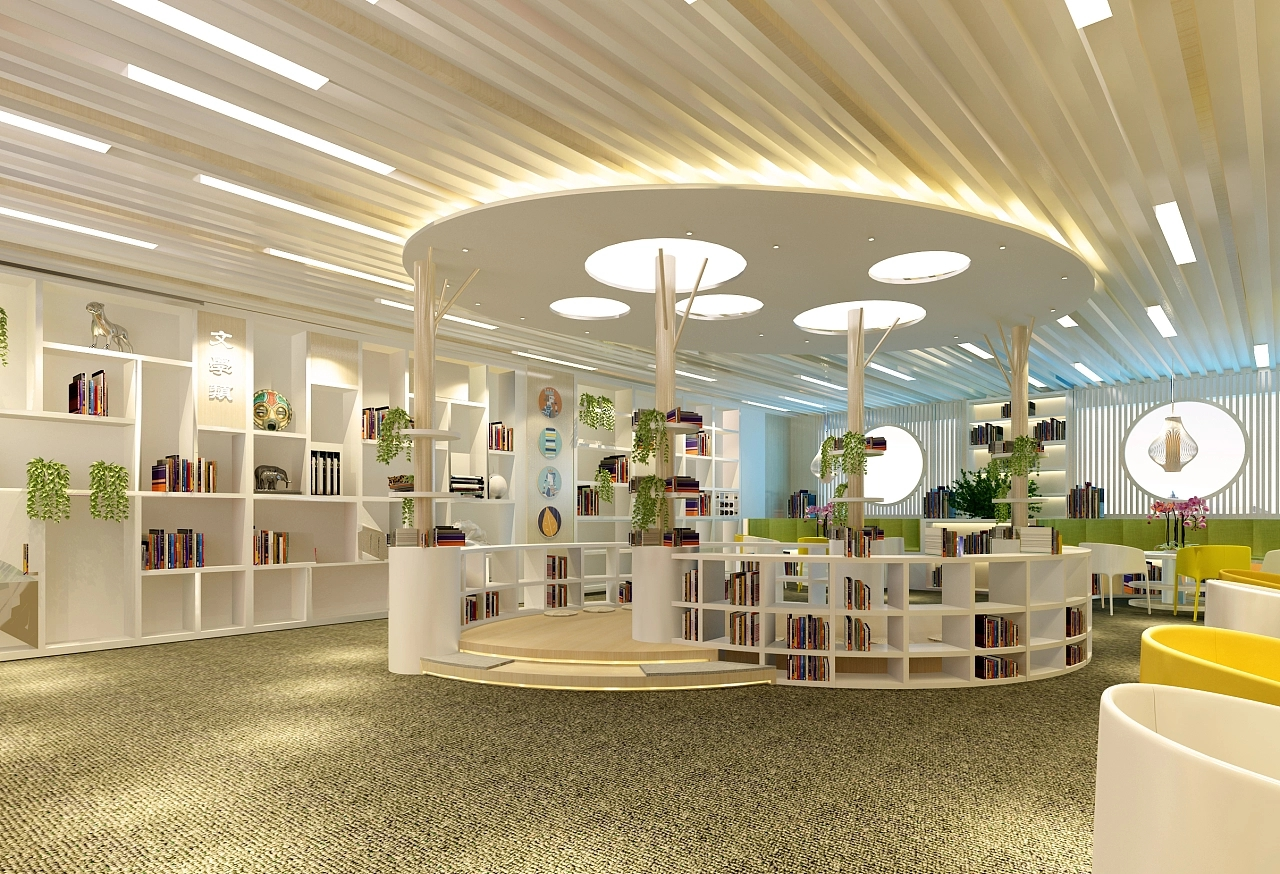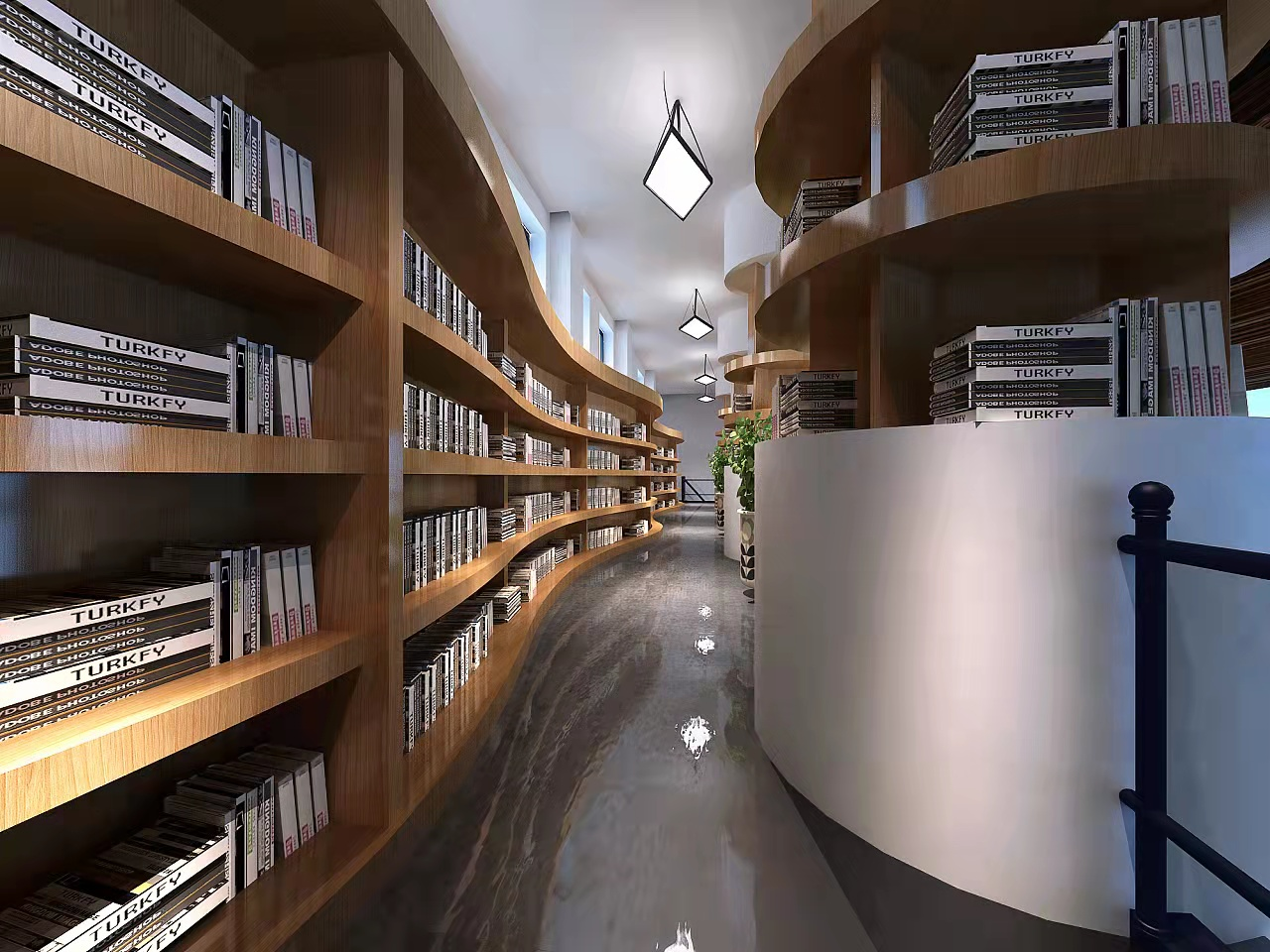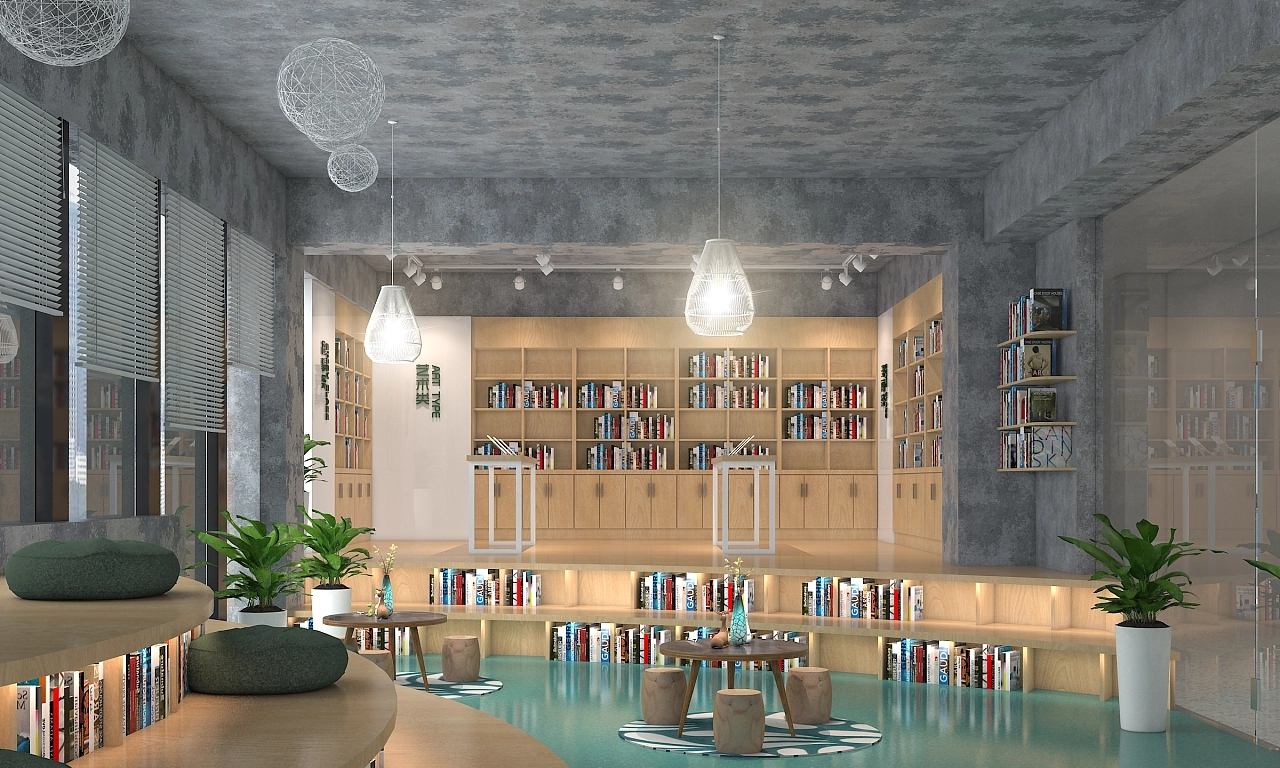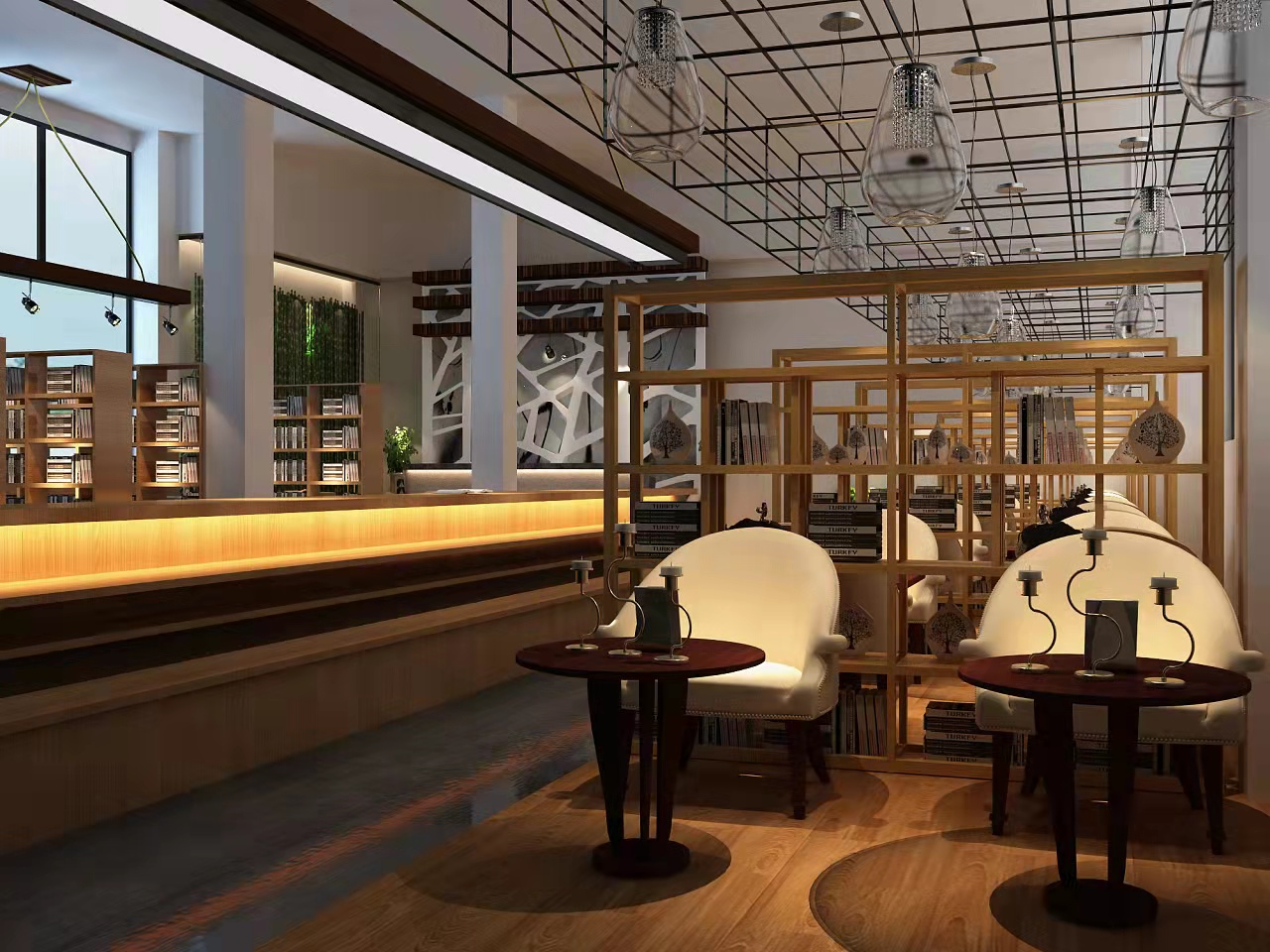Classroom-dining room-dormitory-library, the four-point-one-line trajectory is the daily routine life of many students. The library is an important place for students to acquire knowledge in addition to the classroom, for a school, the library is often its landmark building.
Therefore, the importance of library lighting design is no less than classroom lighting design.
In this issue, we will focus on the library lighting design in the school lighting design.
First, the general requirements of school library lighting design
1. The main visual tasks in the library are reading, searching, and collecting books. In addition to meeting illuminance standards, lighting design should strive to improve lighting quality, especially to reduce glare and light curtain reflection.
2. There are a large number of lights installed in the reading room and library. In the design, energy saving measures should be taken into consideration from the aspects of lamps, lighting methods, control schemes and equipment, management and maintenance.
3. Emergency lighting, duty lighting or guard lighting should be set up in important libraries. Emergency lighting, duty lighting or guard lighting should be part of general lighting and should be controlled separately. On-duty or guard lighting can also utilize some or all of the emergency lighting.
4. The public lighting in the library and the lighting in the work (office) area should be distributed and controlled separately.
5. Pay attention to safety and fire prevention in the selection, installation and arrangement of lamps and lighting equipment.
Second, the lighting design of the reading room
1. The lighting design of the reading room can generally adopt general lighting methods or mixed lighting methods. The reading room with a larger area should adopt the general lighting or mixed lighting. When the general lighting method is adopted, the illuminance of the non-reading area can generally be 1/3~1/2 of the average illuminance of the desktop in the reading area. When the mixed lighting method is adopted, the illuminance of general lighting should account for 1/3~1/2 of the total illuminance.
2. Lighting arrangement in the reading room: The lighting arrangement has a certain influence on the lighting effect:
a. In order to reduce the influence of direct glare, the long side of the lamp should be parallel to the reader’s main line of sight, and generally arranged parallel to the outer window.
b. For reading rooms with a large area, if conditions permit, two or more embedded fluorescent light strips or block lighting solutions should be adopted. The purpose is to increase the non-interference area, reduce the number of ceiling lamps, and increase the number of lamps and lanterns. Light output area, reduce the surface brightness of lamps, and improve indoor lighting quality.
c. The reading room adopts mixed lighting mode. Fluorescent lamps should also be used for local lighting on the reading table. The location of the local lighting fixtures should not be set directly in front of the reader, but should be set in the front left to avoid serious light curtain reflection and improve visibility.
Third, the library lighting design requirements
1. General requirements for library lighting:
In library lighting, visual tasks mainly occur on vertical surfaces, and the vertical illuminance at the spine should be 200lx. The lighting of the aisles between the bookshelves should use special lamps and be controlled by separate switches.
2. Library lighting selection:
The library lighting generally uses indirect lighting or fluorescent lamps with multi-level emission light. For precious books and cultural relics library, lamps with filtering ultraviolet rays should be used. Generally, the installation height is low, and certain measures should be taken to limit glare. The protection angle of open lamps should not be less than 10º, and the distance between lamps and flammable objects such as books should be greater than 0.5m.
In addition, it is not advisable to use sharp light-cutting lamps for library lamps, otherwise shadows will be formed on the upper part of the bookshelf, and direct lighting and mirror reflection lamps without cover should not be used, because they can cause reflections of bright book pages or bright printed words and interfere with vision.
3. Installation method of library lighting:
The special lamps for bookshelf aisle lighting are generally installed above the bookshelf and aisles, and most of them are ceiling-mounted installations. Conditional can be embedded installation. The lamps and lanterns are installed on the bookshelf as a whole, which has greater flexibility, but necessary electrical safety protection measures should be taken.
For open-shelf bookstores and bookshelves arranged on one side in the reading room, lamps with asymmetric light intensity distribution characteristics can be used to project lighting to the bookshelves.
This installation method can not only achieve a good effect of the lighting of the bookshelf, but also will not cause glare interference to indoor readers.
The above is the whole content of school library lighting design and reading room lighting design.
